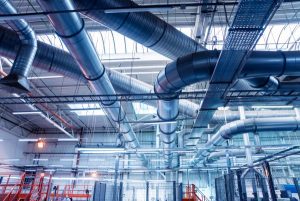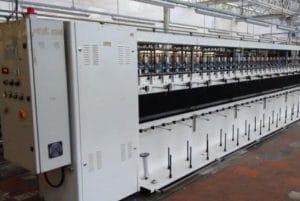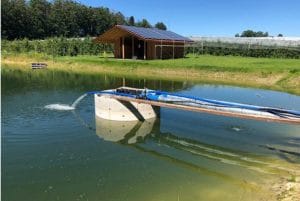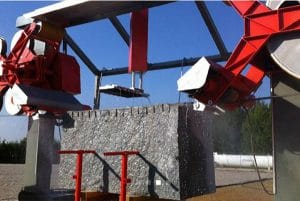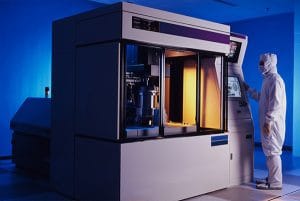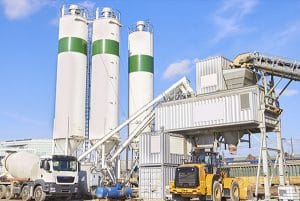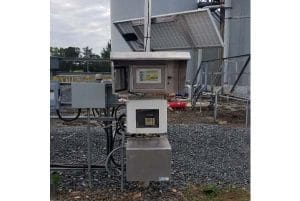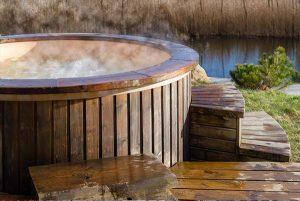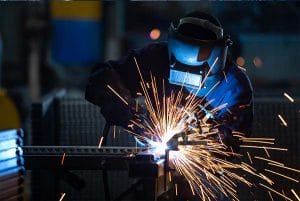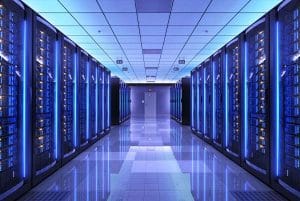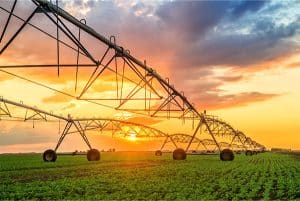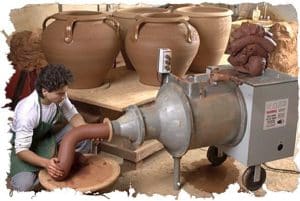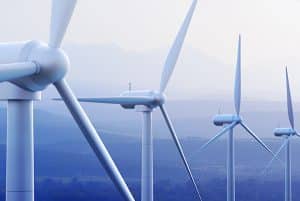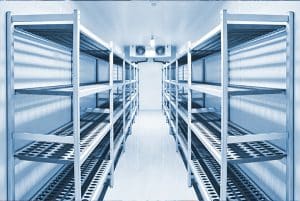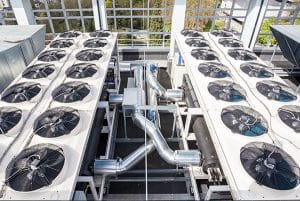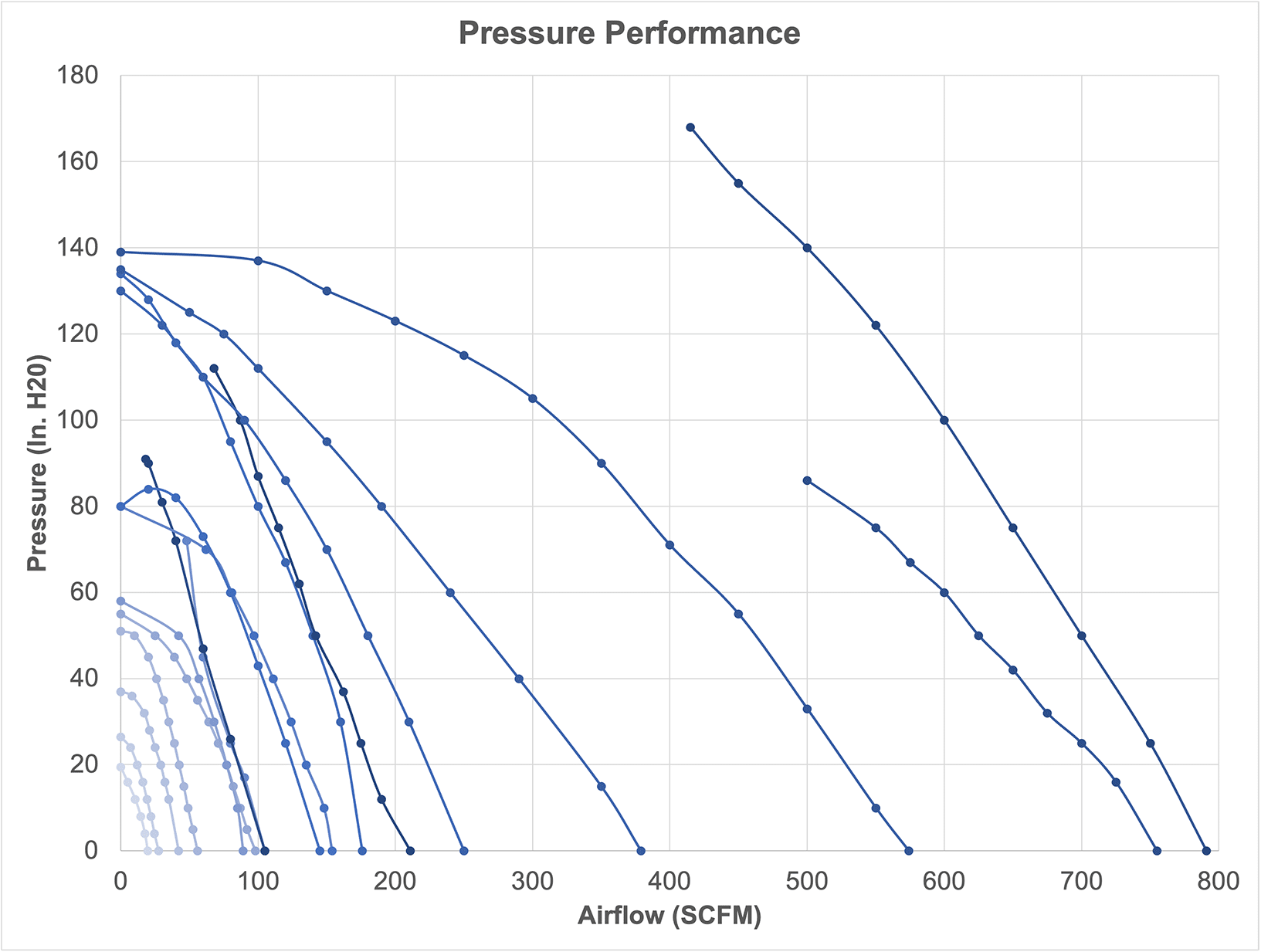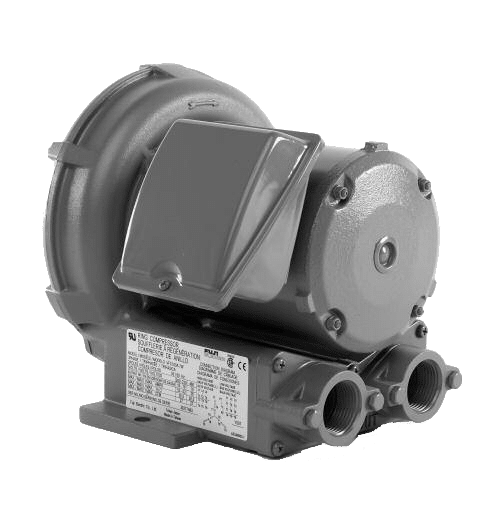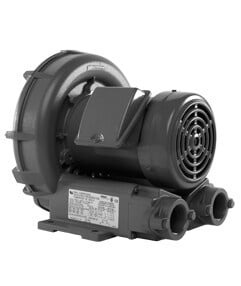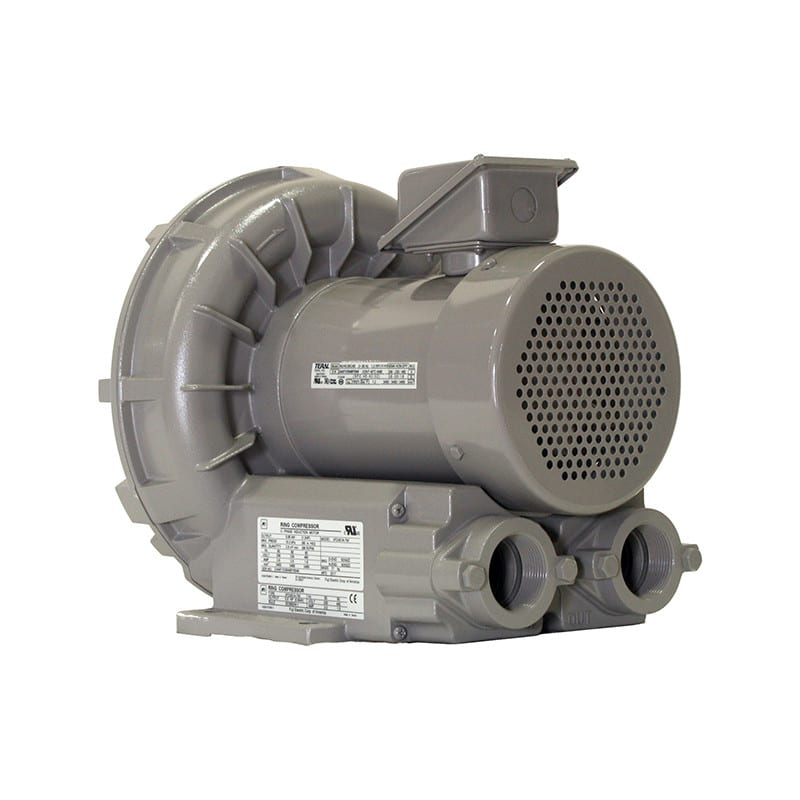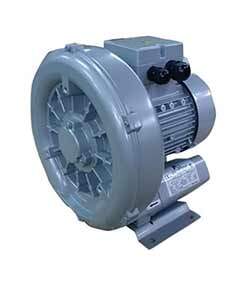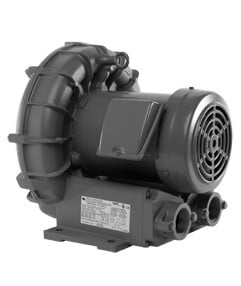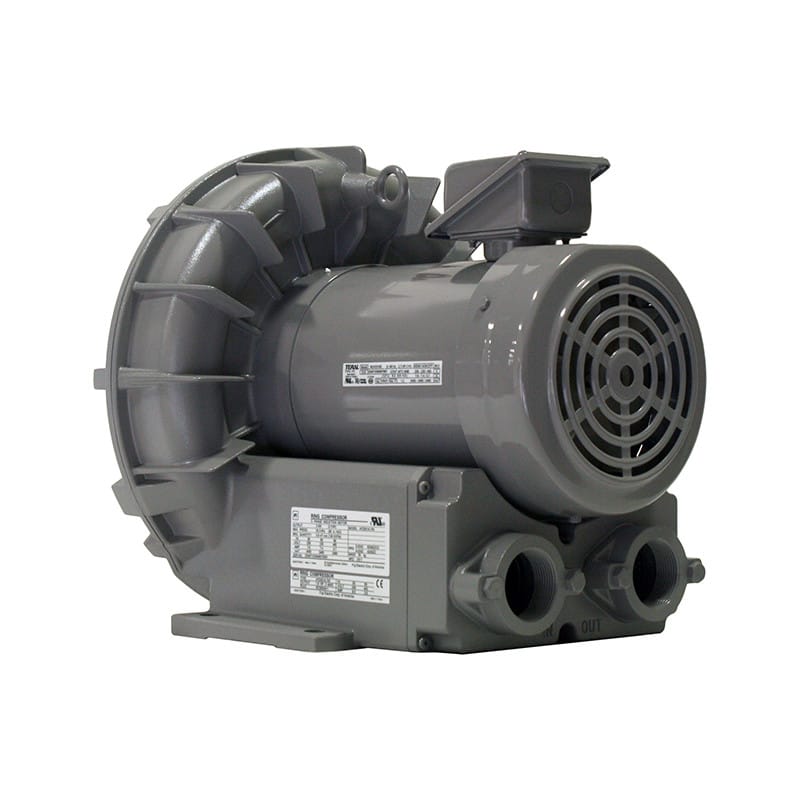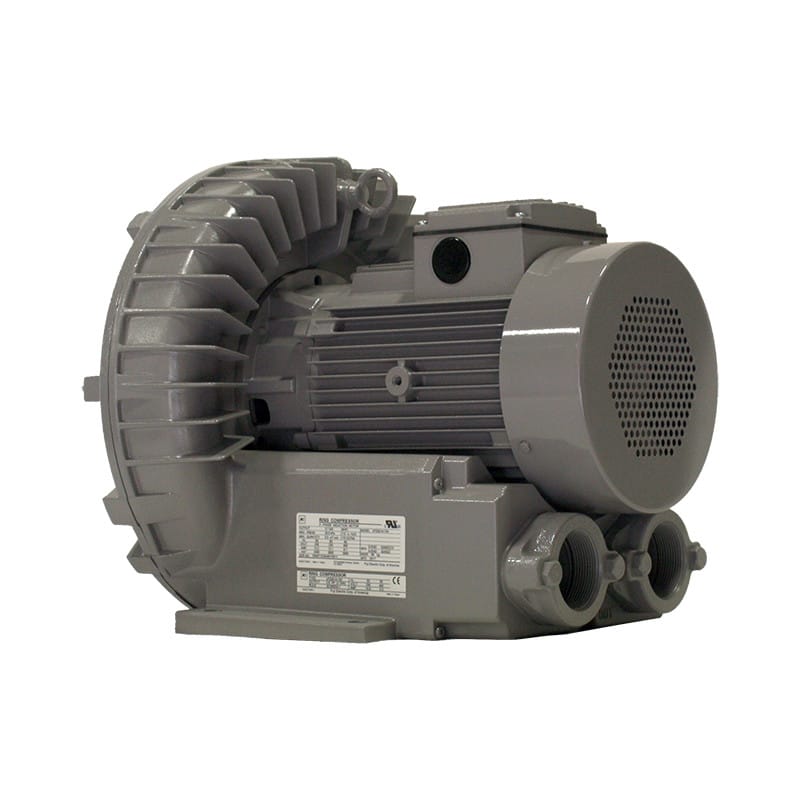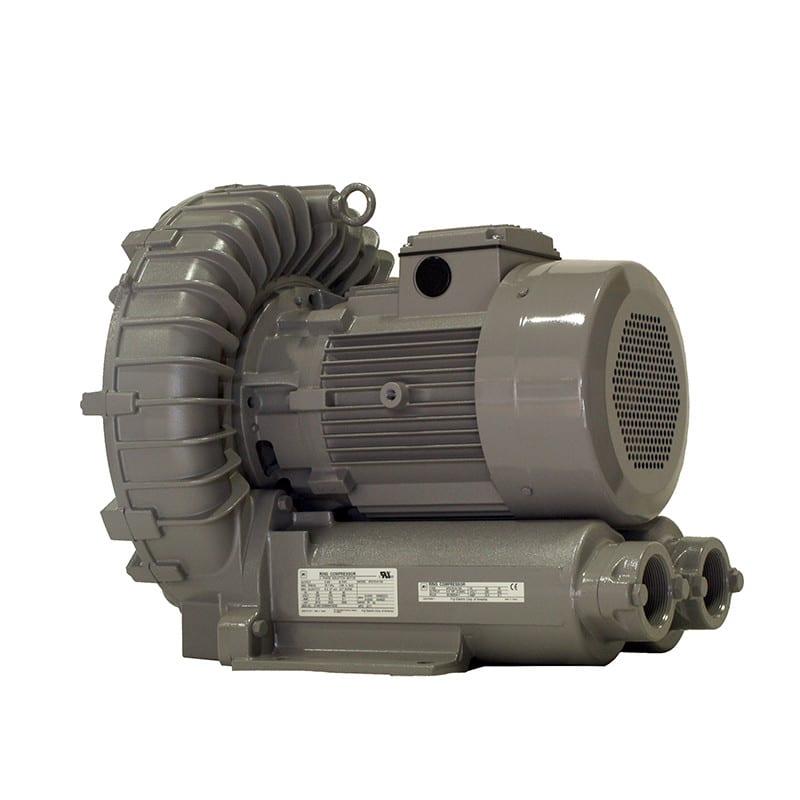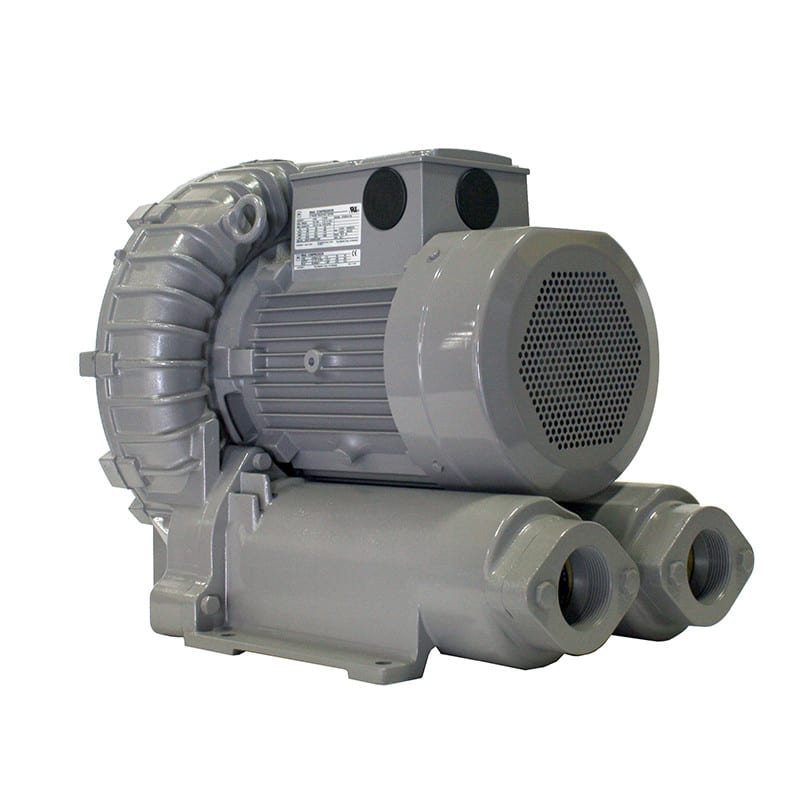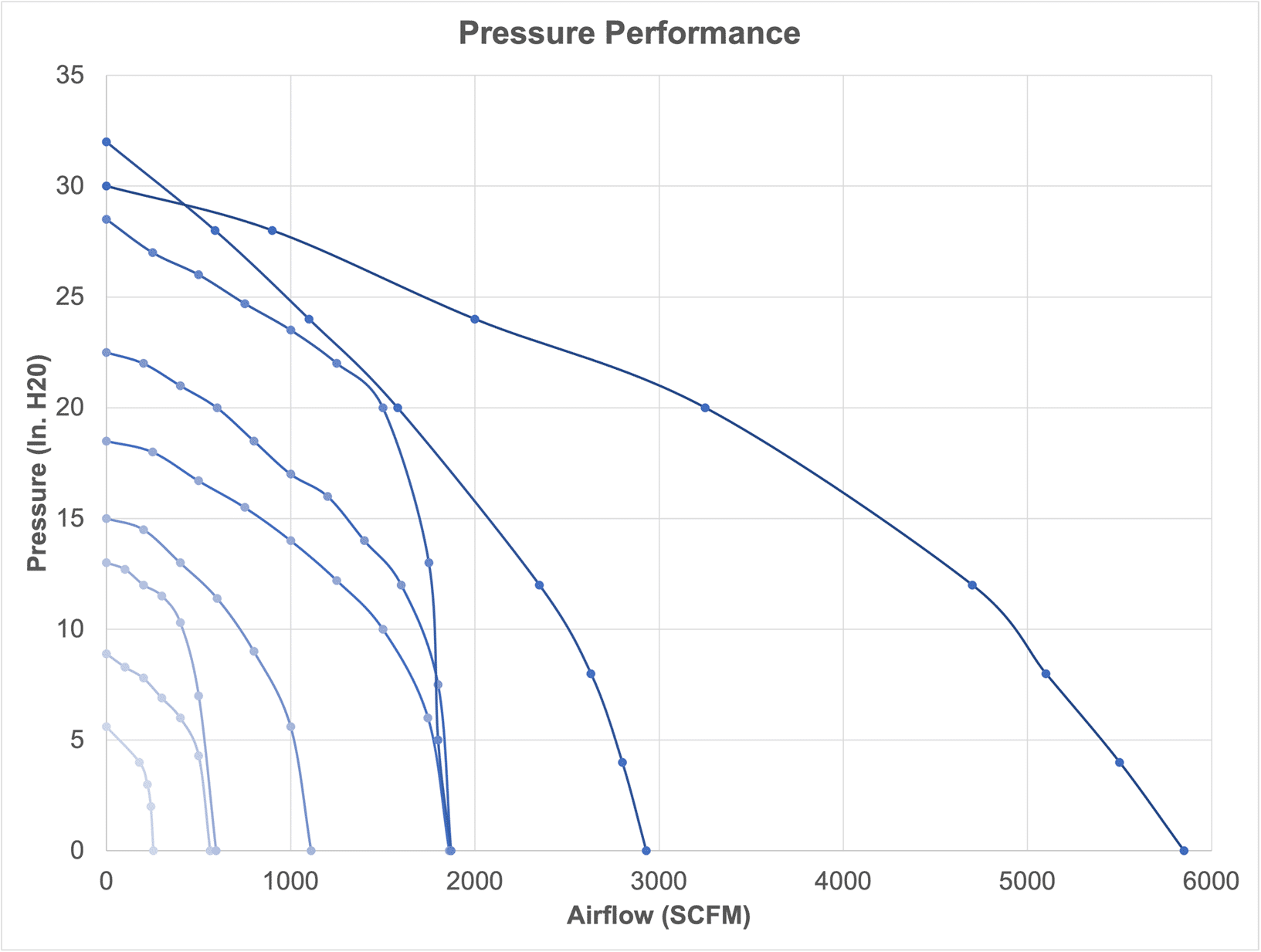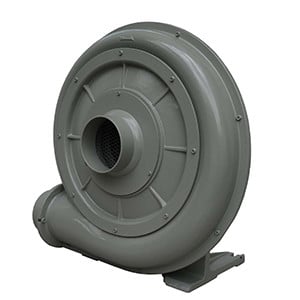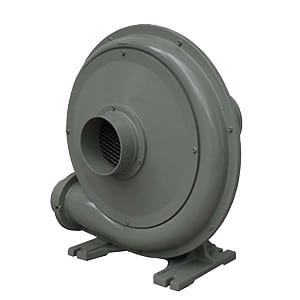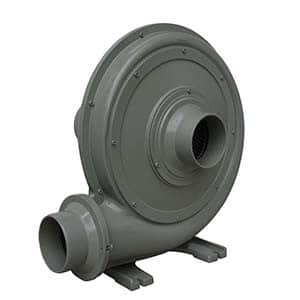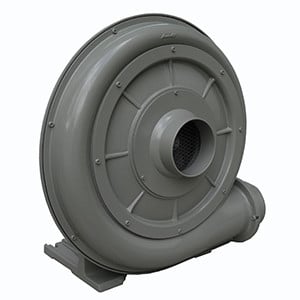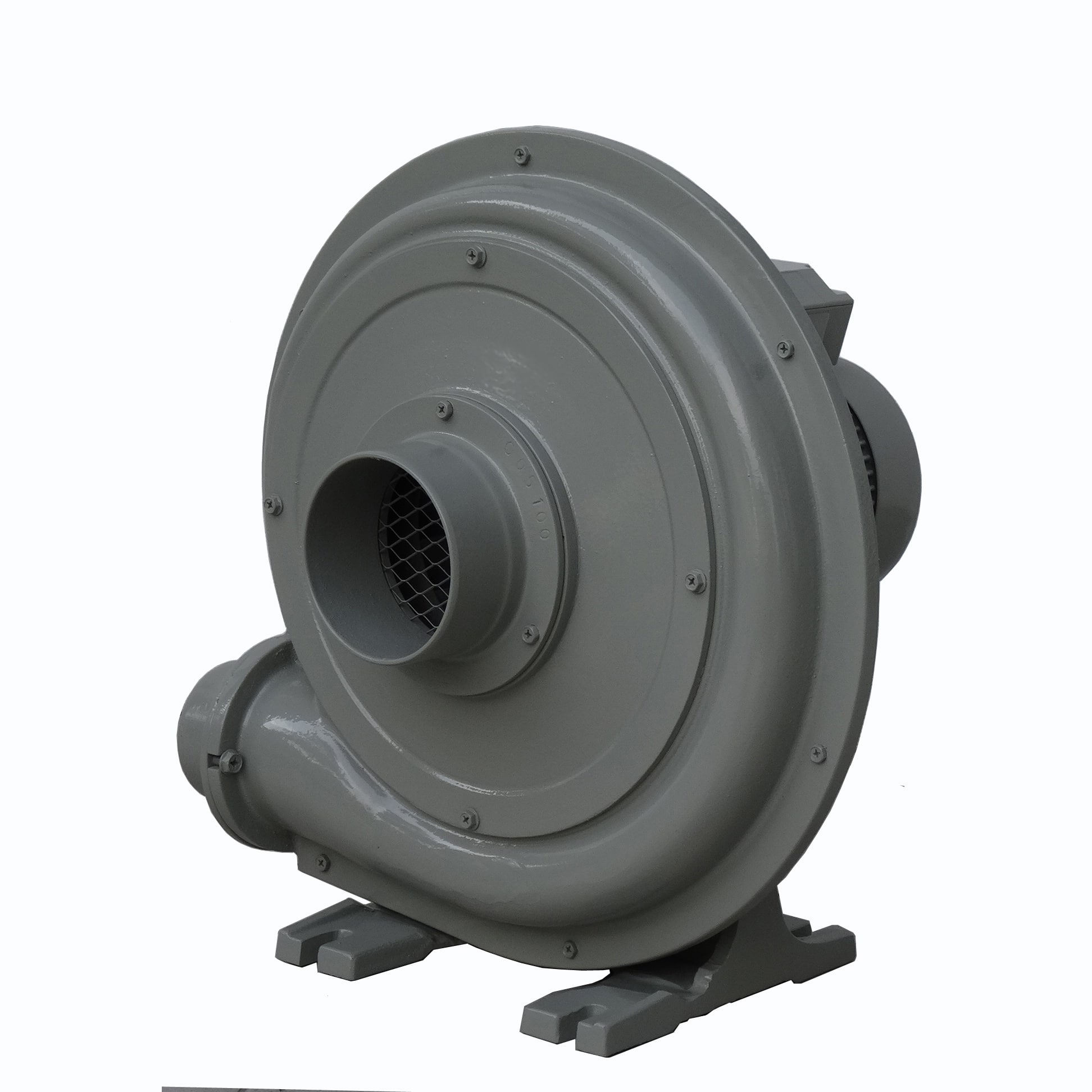Pros:
- Greater production capacity in comparison to high pressure air: if sized properly, regenerative blowers can produce the volume pressure balance needed for the best possible product flow.
- Regenerative blowers are generally quieter than continuous-duty blowers (PD blowers). It should be noted, though, that PD blowers can be mounted up to 100 feet away from the bagger outside of the building, up on a roof, or in any other place that won’t annoy operators. Regenerative blowers, on the other hand, usually have to be mounted at the bagger’s location.
- The ability to mount on board the bagger means that all electrical and pneumatic connections can be pre-wired and plumbinged at the factory, saving money on installation costs. As a result, the plant site’s installation expenses were decreased.

Cons:
- Regenerative blowers must be installed on or very near to baggers in order to minimize noise pollution to operators and reduce blower dust and dirt. This will reduce the likelihood of unplanned, costly maintenance.
- When comparing apples-to-apples air volume output, regenerative blowers usually need more horsepower to produce the same airflow as a smaller PD blower. This results in higher energy consumption and no significant cost savings at purchase (compared to a PD blower).
- The upstart of a bag filled by a regenerative blower will take a little longer than that of a bag filled on the same machine using a PD blower because regenerative blowers do not build pressure as quickly as PD blowers.



